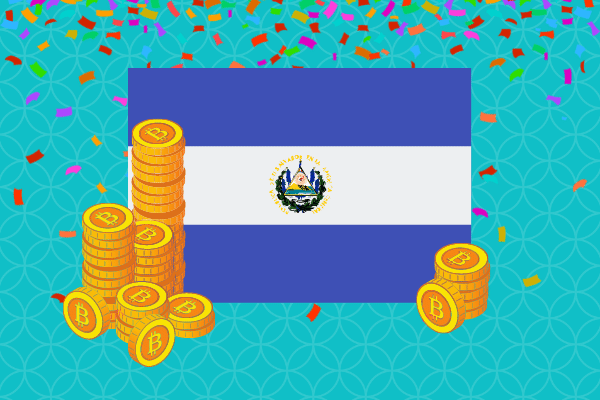
- MoneyGram International, the largest remittance provider in the U.S. is attempting to broaden the adoption of cryptocurrencies.
- MoneyGram International has opted to go with USDC, where reserves are somewhat more transparent and attested and its move to facilitate stablecoin remittances could also help spread cryptocurrency adoption in emerging markets.
Even in the aftermath of the TerraUSD algorithmic stablecoin collapse, there are some in the traditional remittance sector whose entire business models stand to be upended by cryptocurrencies, who are nonetheless embracing the technology.
MoneyGram International, the largest remittance provider in the U.S. is attempting to broaden the adoption of cryptocurrencies and is preparing to launch a service in partnership with the Stellar blockchain that would allow users to send stablecoins easily, converting them to fiat currency.
Speaking at an interview with Bloomberg News, MoneyGram International CEO Alex Holmes noted,
“The world of crypto and the world of fiat are not really compatible today. We’re trying to be a bridge from the crypto world to the fiat world.”
Once MoneyGram International’s service launches, users with digital wallets on the Stellar blockchain will be able to convert their holdings into Circle Internet Financial’s USDC stablecoin, which is backed by the dollar, and then cash out the stablecoins through MoneyGram’s network.
Stablecoins have come under increased regulatory scrutiny of late, in the wake of the spectacular de-pegging of algorithmic stablecoin TerraUSD or UST, which had been advertised and many assumed, to be as good as 1-to-1 with the dollar.
In the wake of the TerraUSD collapse, concern remains that other stablecoins, even those which are not algorithmic, such as USDC or Tether, could also be susceptible to runs.
USDC is backed by dollar deposits as well as liquid assets such as U.S. Treasuries, but that’s not quite the same as having a dollar in the bank for every USDC in circulation out there – there’s still a non-zero risk from U.S. Treasuries.
Tether, which issues USDT, is even more cagey about the nature of its reserves and regulators have raised questions over the riskiness of the stablecoin’s alleged assets that back USDT, including commercial paper, a type of short-term debt.
Commercial paper markets can gum up during periods of market volatility and financial crisis and should a run on USDT happen at such a time, there’s no guarantee that the assets of Tether are sufficient to fulfil redemptions for USDT to fiat currency.
MoneyGram International has opted to go with USDC instead, where reserves are somewhat more transparent and attested and its move to facilitate stablecoin remittances could also help spread cryptocurrency adoption in emerging markets.
Remittances to low and middle-income countries soared last year to US$589 billion, as borders re-opened and workers sent more money home, and World Bank projections suggest that the number could increase even more this year.



